Report this entry
More from the same community-collection
Inauguration of the Police Subdivision
1947 Carlos Villarreal, Mayor of Juarez, Foglio Miramontes, ...
1948-Ignacio Angulo 20 de Noviembre First Kick Ceremony
1948- The City Administrator, Ignacio Angulo during the First ...
1947 newly elected municipality of Juarez, Chihuahua
Among others, left to right, El "Guero Fortuno", Lic. Ignacio ...
Jose and Domitila Rodriguez-1935
Photo of Rene A. Valenzuela's maternal grandparents late 1930's; ...
Angulo and Gereda Families, 1972
Celebrating l Crl.l Ramiro Gereda's visit from Taiwan, after the ...
Jorge Angulo 1944 - El Paso, Texas
Don Federico Parra Garcia, Hermila Parra de Angulo and Jorge I. ...
1924 Carlota, Cruz, and Perla in Juarez, Mexico
Midday stroll by Carlota Cazares, Cruz Barrios de Cazares and ...
Ciudad Juarez, Mexico Racetrack
Juarez Racetrack stables, a couple of possible stable hands look ...
Juarez Turf Club Exchange - Juarez, Mexico
Full house at the Turf Club Exchange. This photo though not ...
Juarez Cockfights - Juarez, Mexico
A full crowd waiting for the cockfight to begin, notice the ...
Bullfighter Portraits - Juarez, Mexico
Portraits of a group of bullfighters in traditional costume. ...
Customs House - Juarez, Mexico
The Customs House in Juarez, Mexico. Other photos of the Customs ...







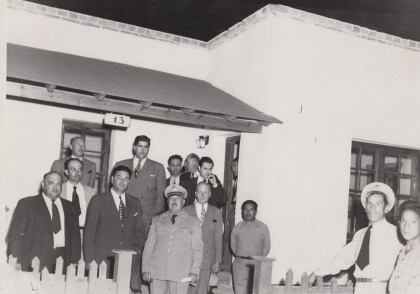
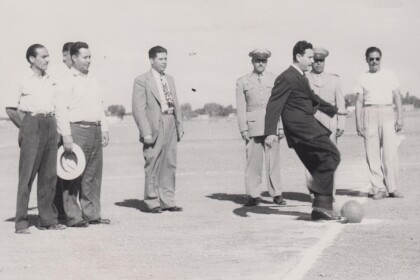
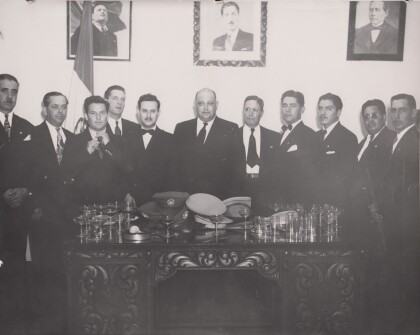
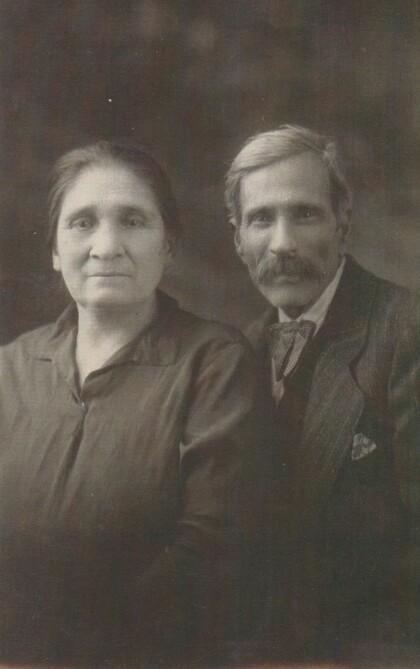
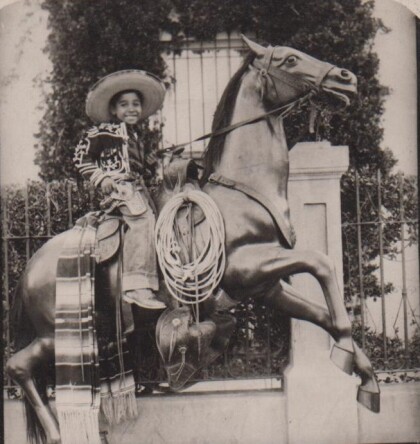

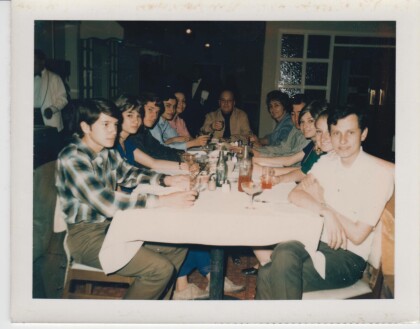
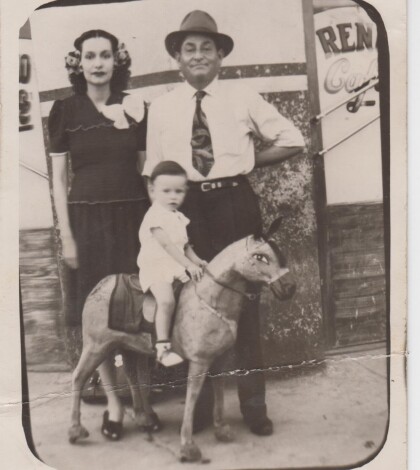
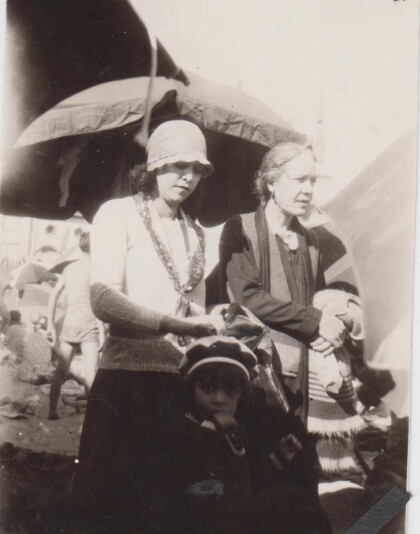
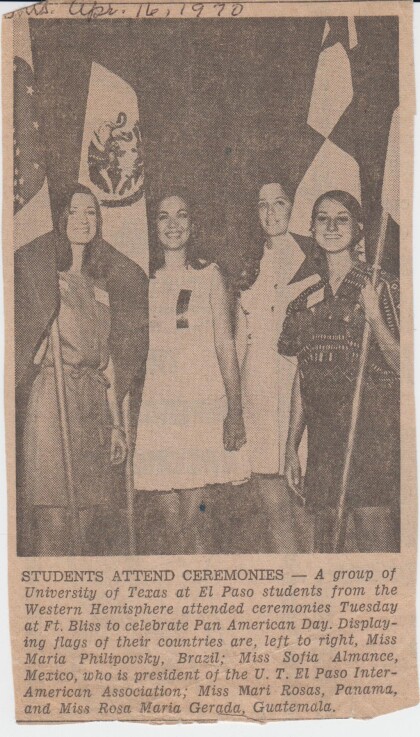
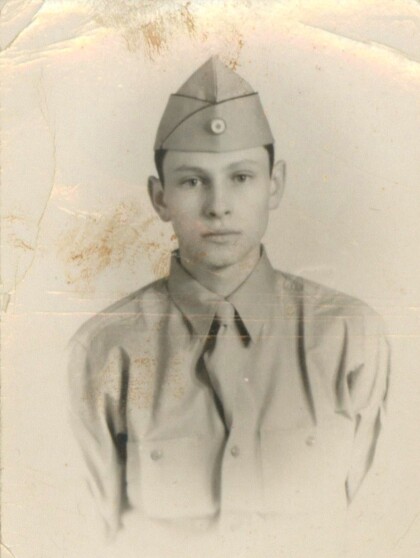
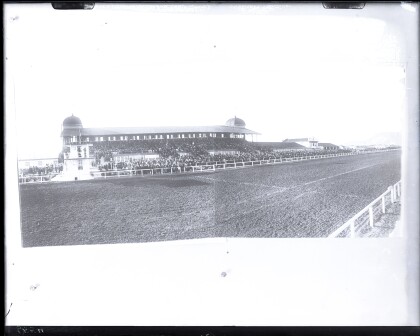
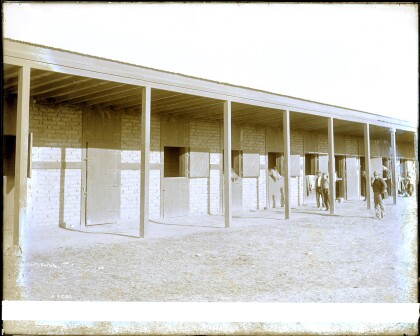
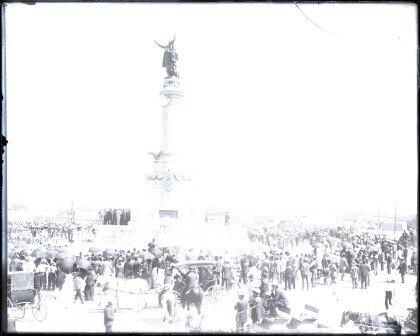
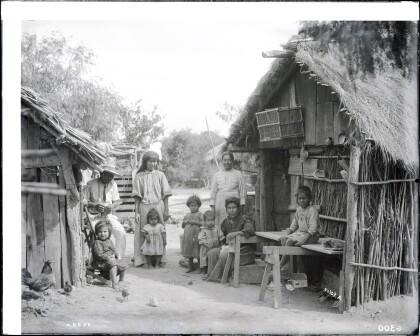
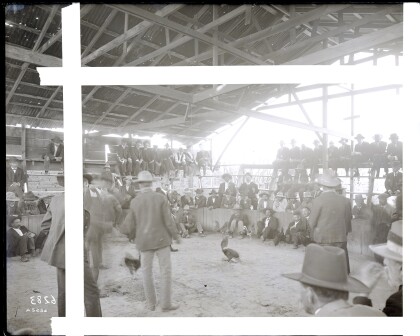
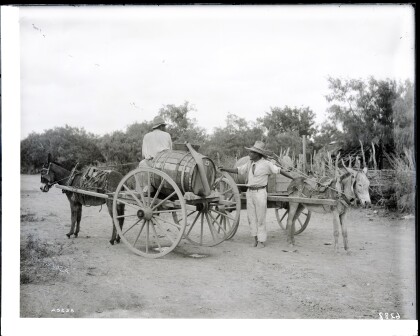

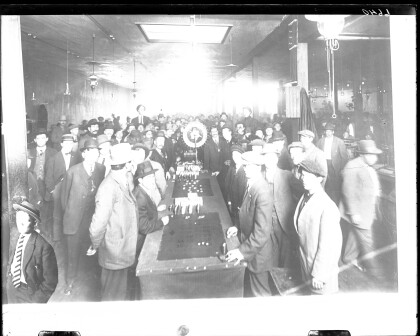
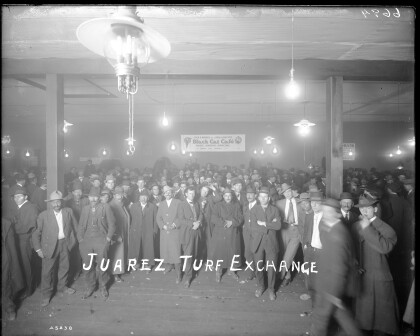
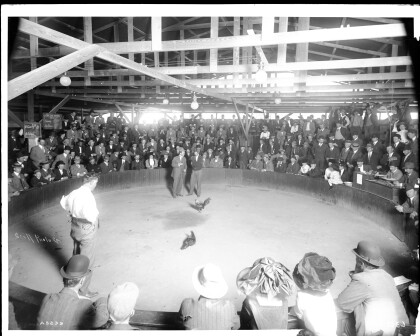
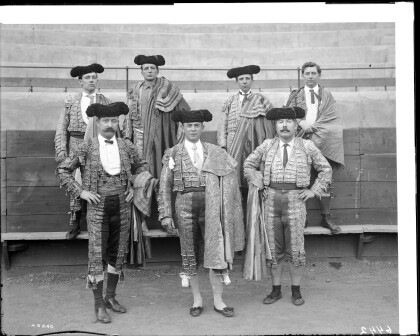
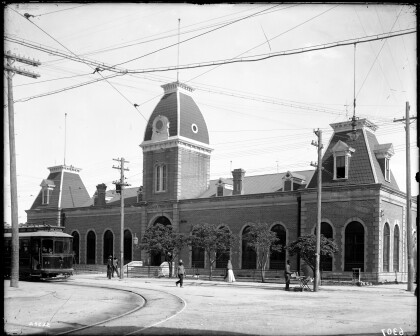
Comments
Add a comment